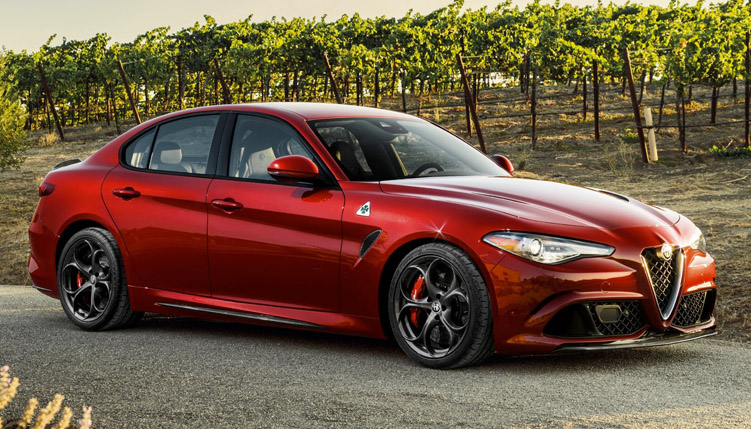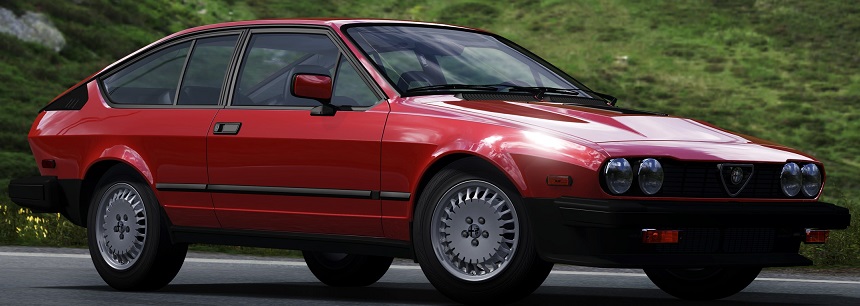The concept of “roadsters” began, bizarrely I think, in 1930s Britain. In a country not known for its copious sunshine (or perhaps because it has so little thereof), car companies began to make small two-seater open-topped cars, modestly powered with a front-mounted engine and rear wheel drive, that could take a young man and his girlfriend on exhilarating trips through the country side, on the tight, twisty and narrow roads so common on this Scepter’d Isle. Thus you had cars like the MG TA:
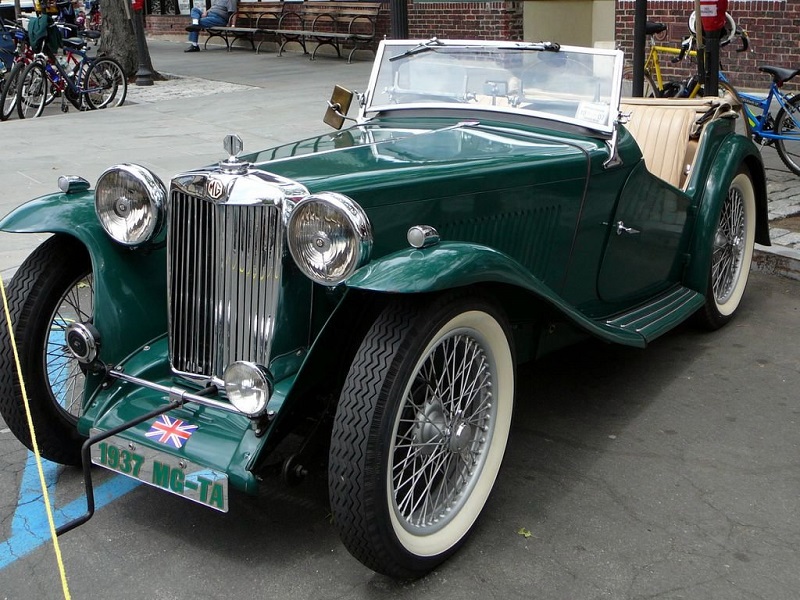
…which after the slight disturbances of the early 1940s, became the MG TF:
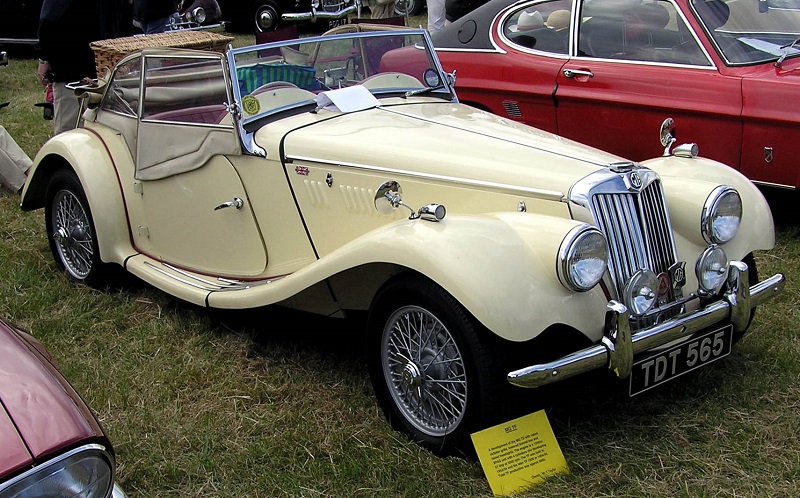
…which turned into the MGA of the late 1950s:
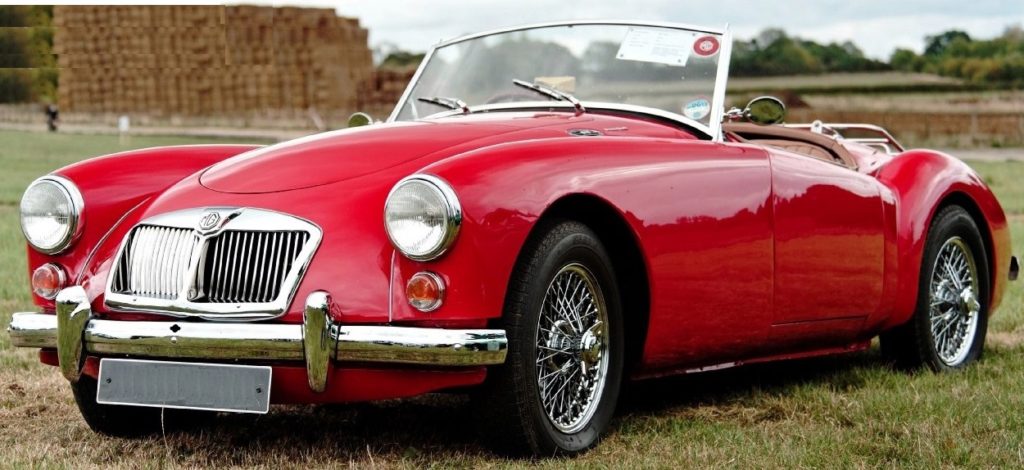
Now you have to understand the concept behind these cars. They were never intended to be racers, nor were they tourers (in the Grand Touring style). They were sports cars — in the literal sense, in that one drove an MG for fun, on short road trips (all road trips in the UK are short: it’s a tiny island, remember) — which meant that the drivers were not going to be stranded hundreds of miles from home by the inevitable mechanical breakdowns and electrical failures, not to mention the fact that these cars leaked like a bucket hit with buckshot; and as we all know, it can rain a bit here in Britishland.
Excuse me while I explore a branch line in my train of thought. Why is it that the Brits can come up with all these excellent concepts, and yet their engineering can suck so badly? Mr. Free Market (who has owned many British cars) once commented that a long trip in his Triumph Stag could move the share price of BP, so much oil did his car consume. For any owner of this type of car, essential items to be carried in the tiny trunk/boot were: a set of wrenches/spanners and other tools, spare hoses, a can of water to refill the radiator every few miles, a can of oil to refill the leaking sump, and a pan to catch the leaking oil while the car was at rest. (It’s easy to see why these were known as “bird and a sponge bag” cars — there was no room for anything else.) My absolute favorite example of this silliness was in an episode of Top Gear, when Jeremy Clarkson had a meeting of a local MG club at some remote town in the country. Every single driver had oil-stained fingers and hands as a result of having had to stop and tinker with their cars on the way down. And speaking of silliness: if you look back at the pic of the 1949 TF above, you will note the huge gap between the windshield and door window — a veritable funnel for driving rain to soak the inhabitants. My only conclusion is that the British nation is a bunch of masochists who have an abiding distrust of things like comfort and reliability when it comes to roadsters. One should not have too much fun when enjoying oneself, after all. [end of branch line]
Of course, the Italians went for the small sports car concept in a big way, incorporating even the unreliability factor (and anyone who’s ever owned an Alfa Romeo Giulietta of that era knows what I’m talking about).

Let’s be honest, here. The concept of a sports car (roadster) is a brilliant one. Of course, it took the Japanese to make the roadster concept truly enjoyable, as Mazda proved when they made a modern copy of the MGA, called it the Miata and sold tens of thousands of them all over the world:

There it is: small underpowered front-mounted engine, stick shift, rear wheel drive, two seats — only with astounding reliability and functionality. From Clarkson again:
The fact is that if you want a sports car, the MX-5 [Miata] is perfect. Nothing on the road will give you better value. Nothing will give you so much fun. The only reason I’m giving it five stars is because I can’t give it fourteen.
That’s the reason that I’m going to buy one of these sports cars, when I finally have a few pennies to spare. Unfortunately, my British heritage (from my mother’s side of the family) means that I’m going to buy not the Miata, but the Fiat 124 Spider derivation:
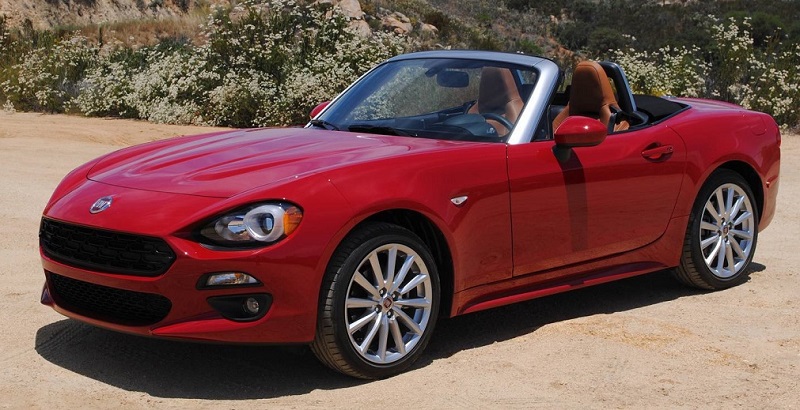
Because one should not have too much fun when enjoying oneself, after all — and I’m pretty sure that Fiat will provide the appropriate levels of failure.

